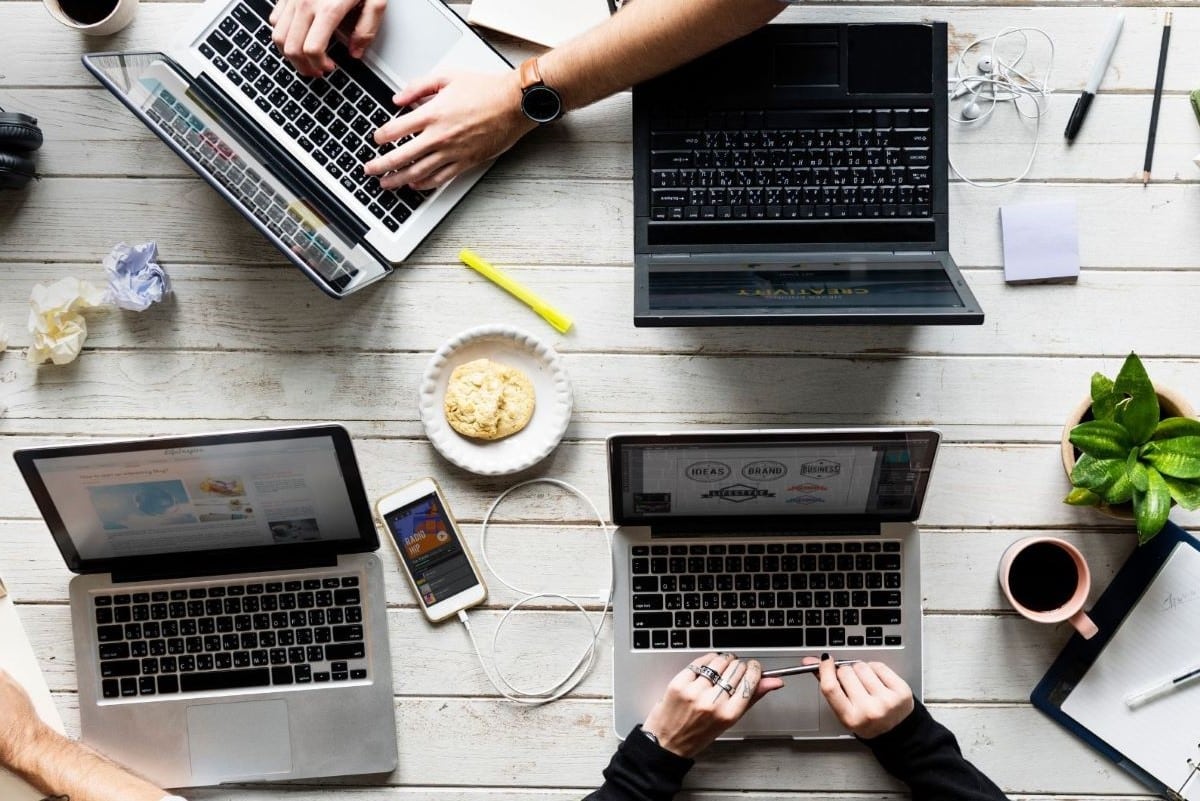Good day readers! If you are like most of us, your daily life is filled with activity and you often wonder how to get everything done in an efficient and timely manner while having limited dexterity. This blog post will focus on the importance of prioritizing efficiency and provide strategies for maximizing efficiency when dealing with limited dexterity.
We’ll also discuss how to adapt to different working environments as well as develop healthy routines and habits that can help improve overall productivity. By the end, we hope you have gained some insight on how to maximize efficiency in your daily life.
Introduction
Are you struggling to complete tasks due to limited dexterity? It can be incredibly frustrating and overwhelming trying to get things done promptly with your reduced physical abilities. But don't worry, this blog post will help guide you through some useful tips and tricks that can help you become more efficient while working with limited dexterity.
You'll learn strategies like setting up an ergonomic workspace, using adaptive tools, establishing routines, and breaking down big tasks into achievable chunks so you can reach your goals faster. So what are you waiting for? Let's get started!
Benefits Of Prioritizing Efficiency
Efficiency is key to maximizing productivity while managing limited dexterity. By prioritizing efficiency, you can ensure that tasks are completed in the shortest amount of time possible. Not only will this make sure that activities are completed more quickly, but it will also help reduce stress since there is less time spent on each task.
Additionally, focusing on efficient processes will eliminate unnecessary steps and free up more energy for other activities. By taking the time to assess current processes and prioritize efficiency, those with limited mobility can maximize their productivity and stay organized with their tasks.
Strategies For Maximizing Efficiency With Limited Dexterity
If you have limited dexterity, it can be difficult to do even everyday tasks or complete projects efficiently. However, some strategies can help maximize your efficiency and get things done. For example, breaking down tasks into smaller components and setting realistic goals that consider the time it takes to complete a task with limited dexterity can help you accomplish more in less time.
Additionally, using tools such as adaptive equipment or organizers to streamline processes can make working with limited dexterity easier and reduce wasted energy on unnecessary tasks. Finally, practice makes perfect – keep trying different methods of completing tasks until you find the one that is most comfortable and efficient for you!
Adapting To Different Working Environments
Adapting to different working environments can be a challenge for someone with limited dexterity. It is important to understand the physical limitations and work within your comfort zone to maximize efficiency. Working in an environment with furniture, tools, or equipment that isn’t accessible can be incredibly frustrating and make it difficult to complete tasks efficiently.
A few ways to help adapt include choosing furniture or items that are adjustable when possible and researching ergonomic solutions such as specialty keyboards or mice. There may also be services available from employers or agencies to help you find accessible resources for workspaces. With patience and understanding, it is possible to create a more user-friendly work environment that will enable you to get the job done!
Developing Healthy Routines And Habits
Having limited dexterity can make it difficult to get things done efficiently. However, one of the best ways to maximize efficiency is by developing healthy routines and habits. Implementing a regular schedule allows you to plan for tasks that need completing, including breaking down larger tasks into smaller chunks of work.
Practicing mindfulness is also critical; training your mind to focus on the present moment allows you to more effectively tackle each task at hand without getting sidetracked. Additionally, staying organized and having an effective system in place makes it easier to stay on track with your goals and stick to your routine. By taking the time to establish positive habits, you’re setting yourself up for success no matter what challenges life throws your way.
Conclusion
To sum it up, those with limited dexterity have to be creative and resourceful in finding ways to maximize efficiency and get things done. Adaptive technology, creative problem-solving, and developing an understanding of one's capabilities can go a long way in helping individuals with limited dexterity achieve their goals. With the right tools and strategies, everyone can find a way to function without limitations or hindrances.


